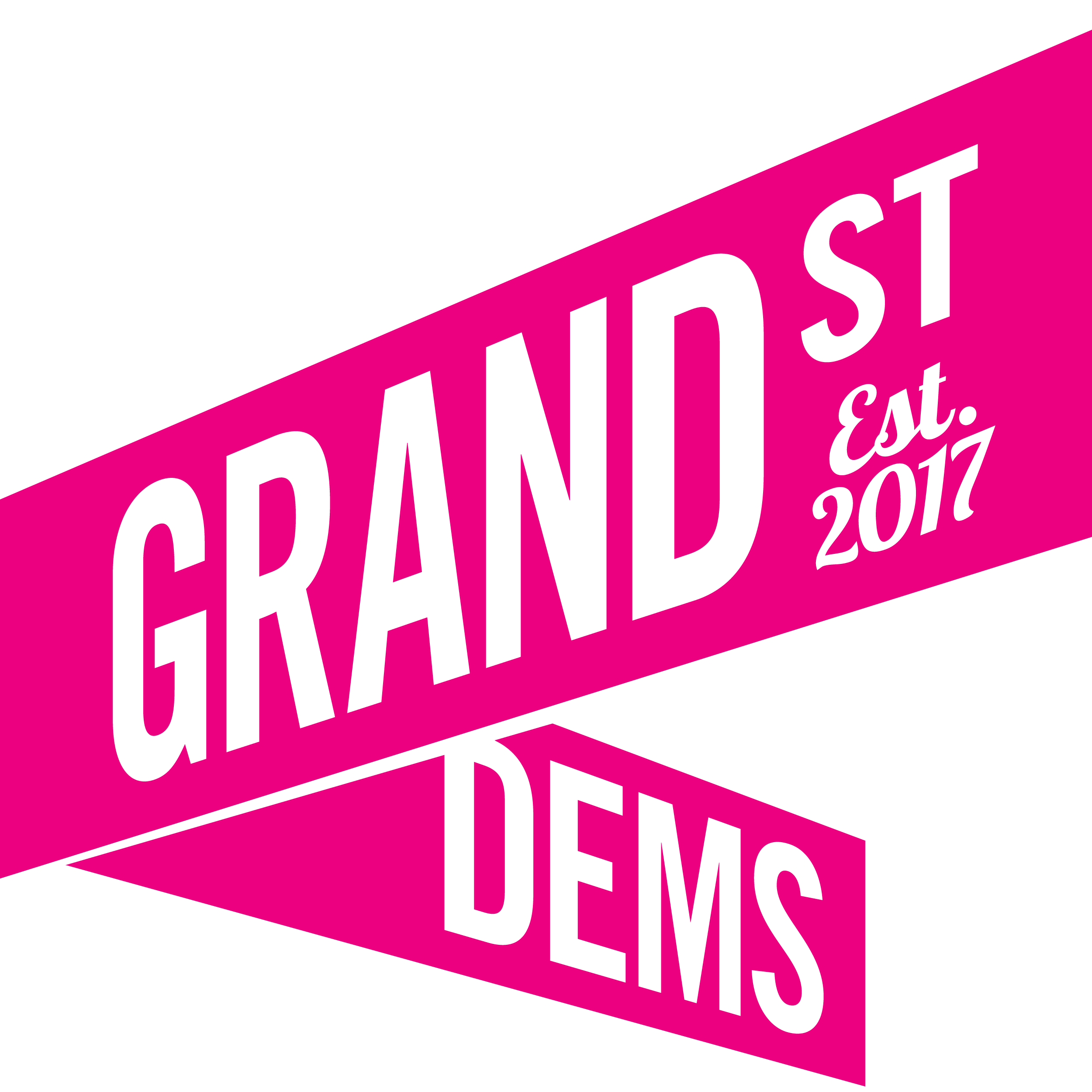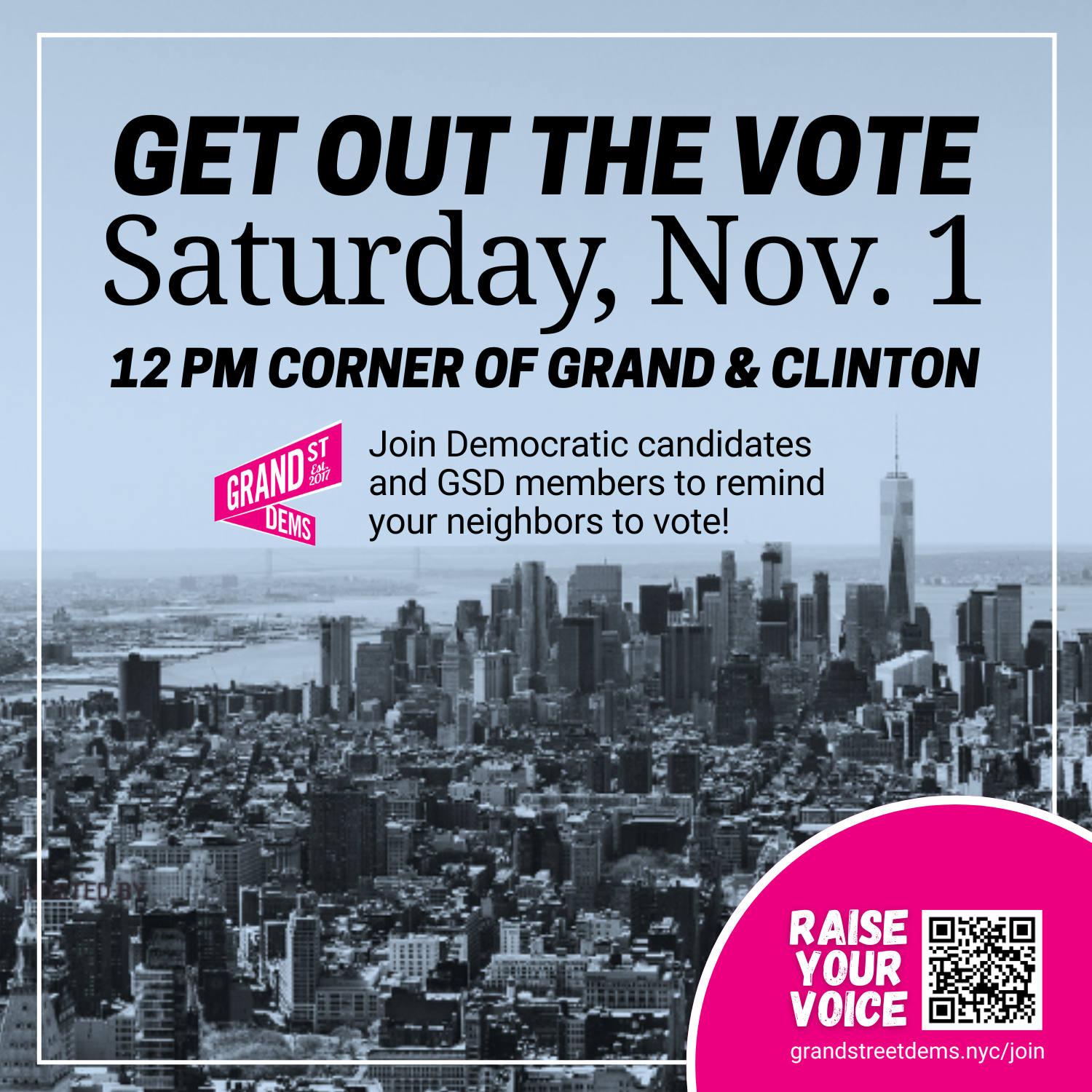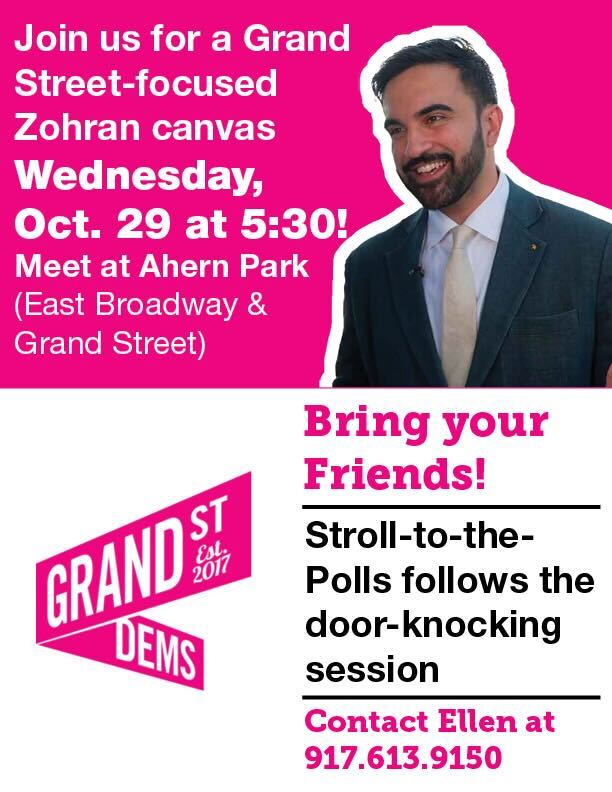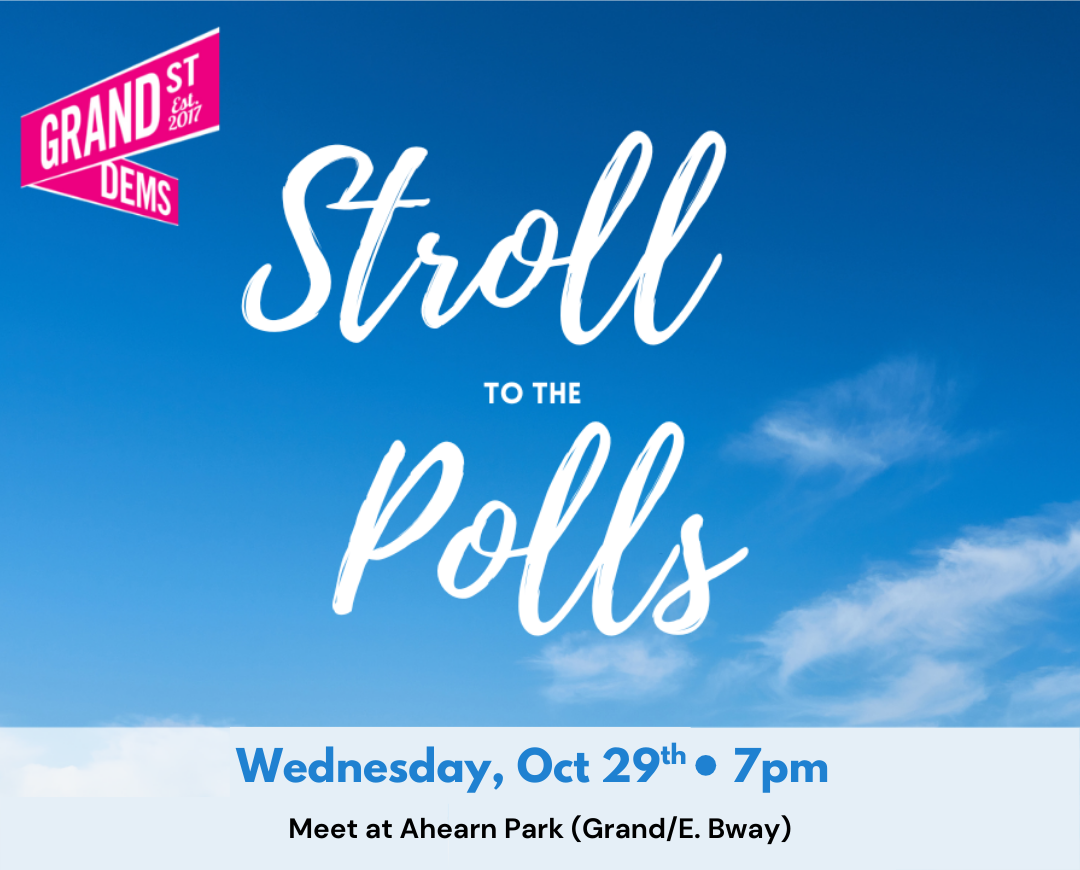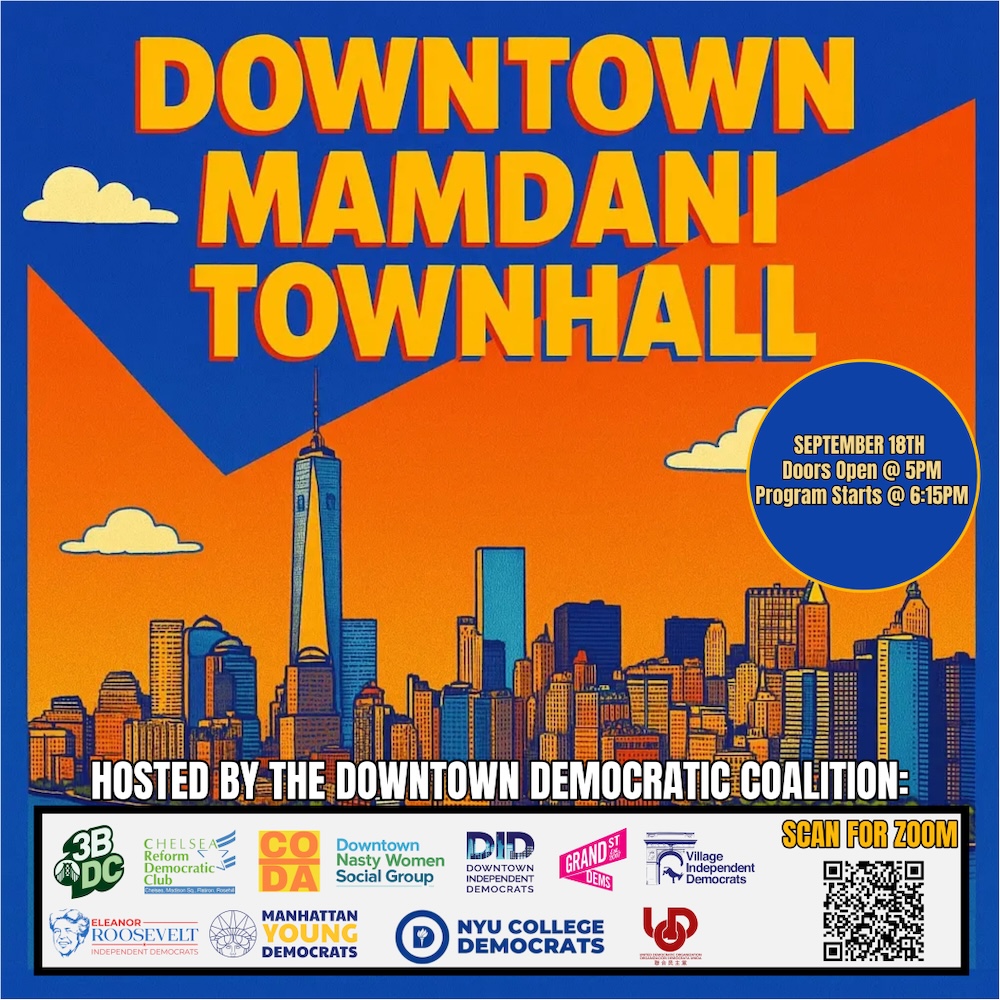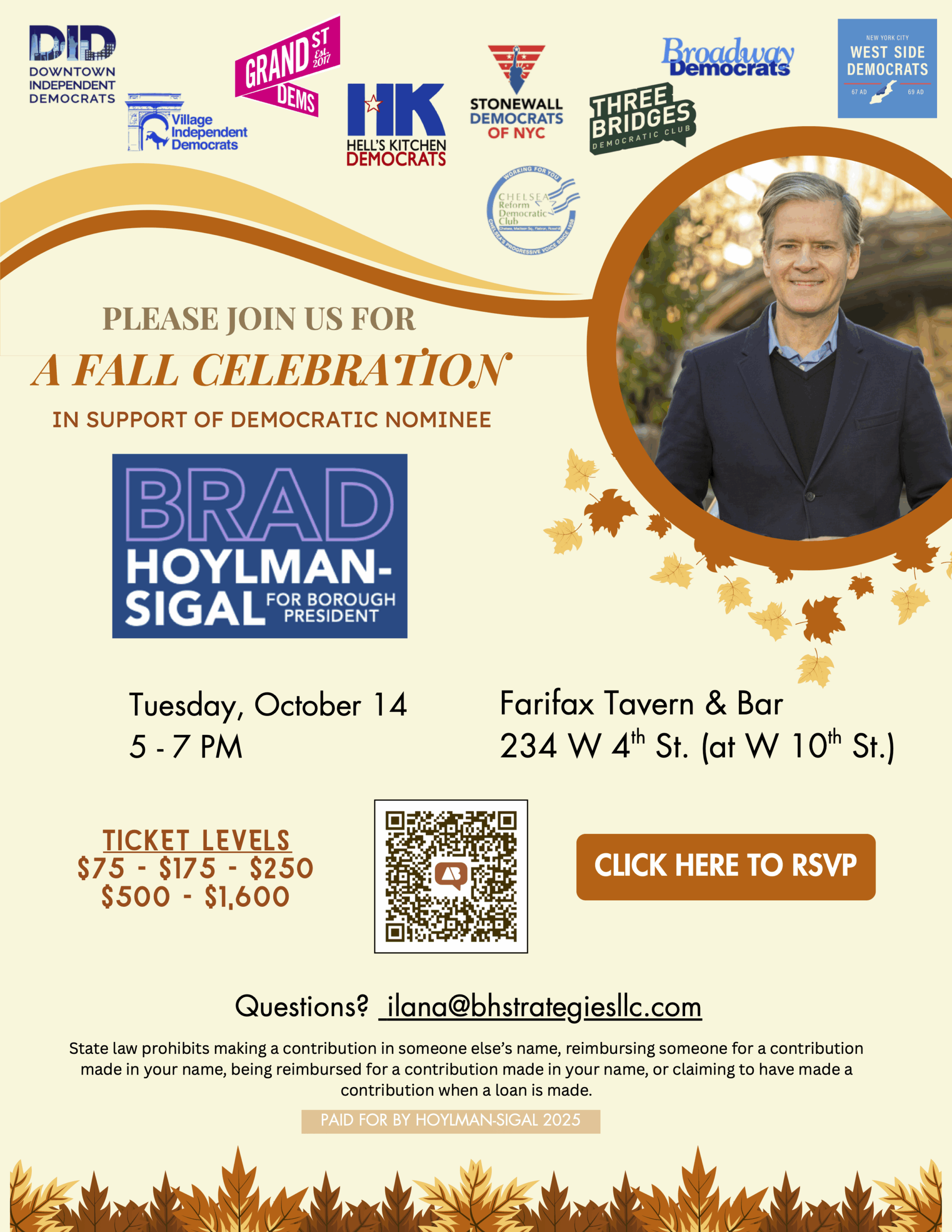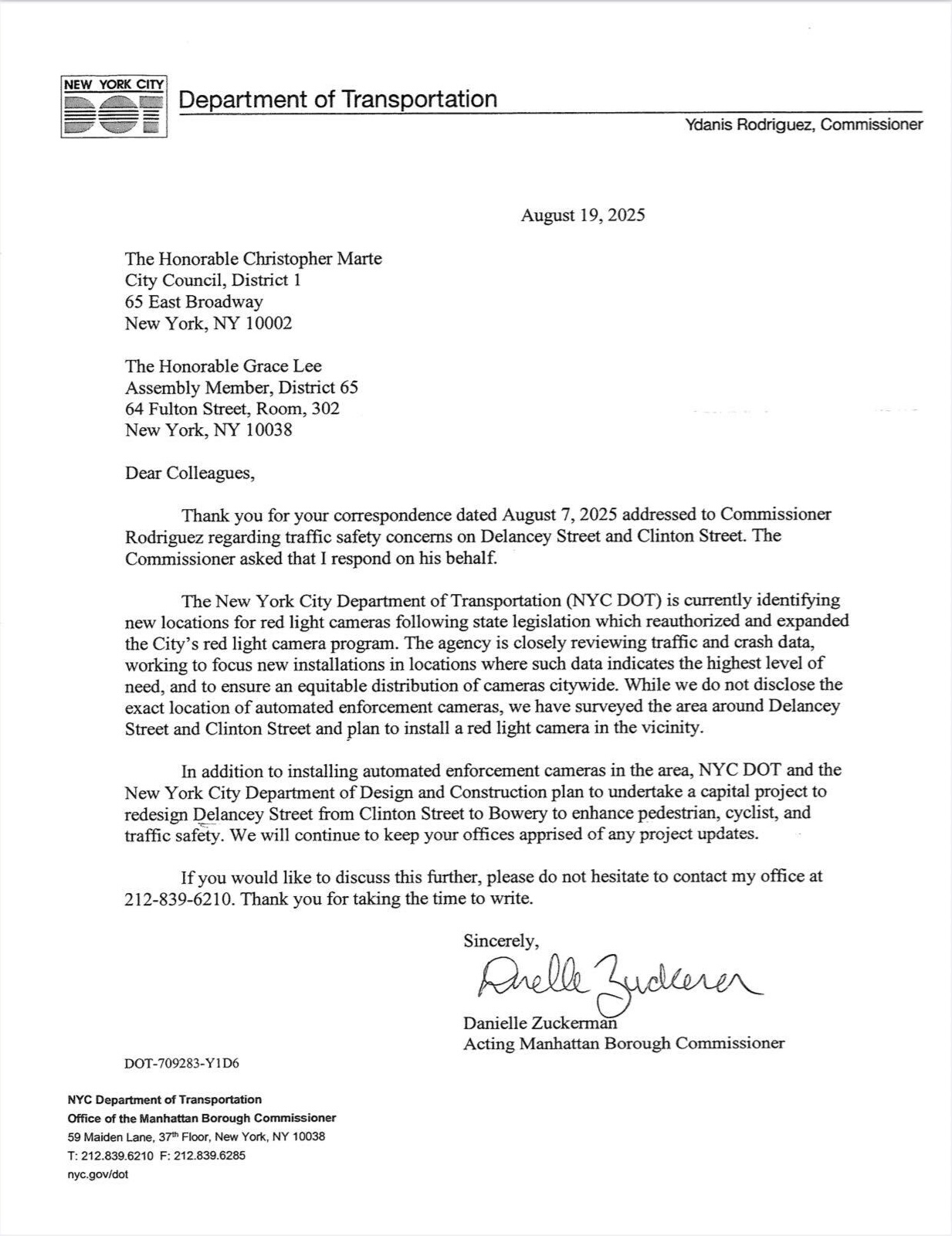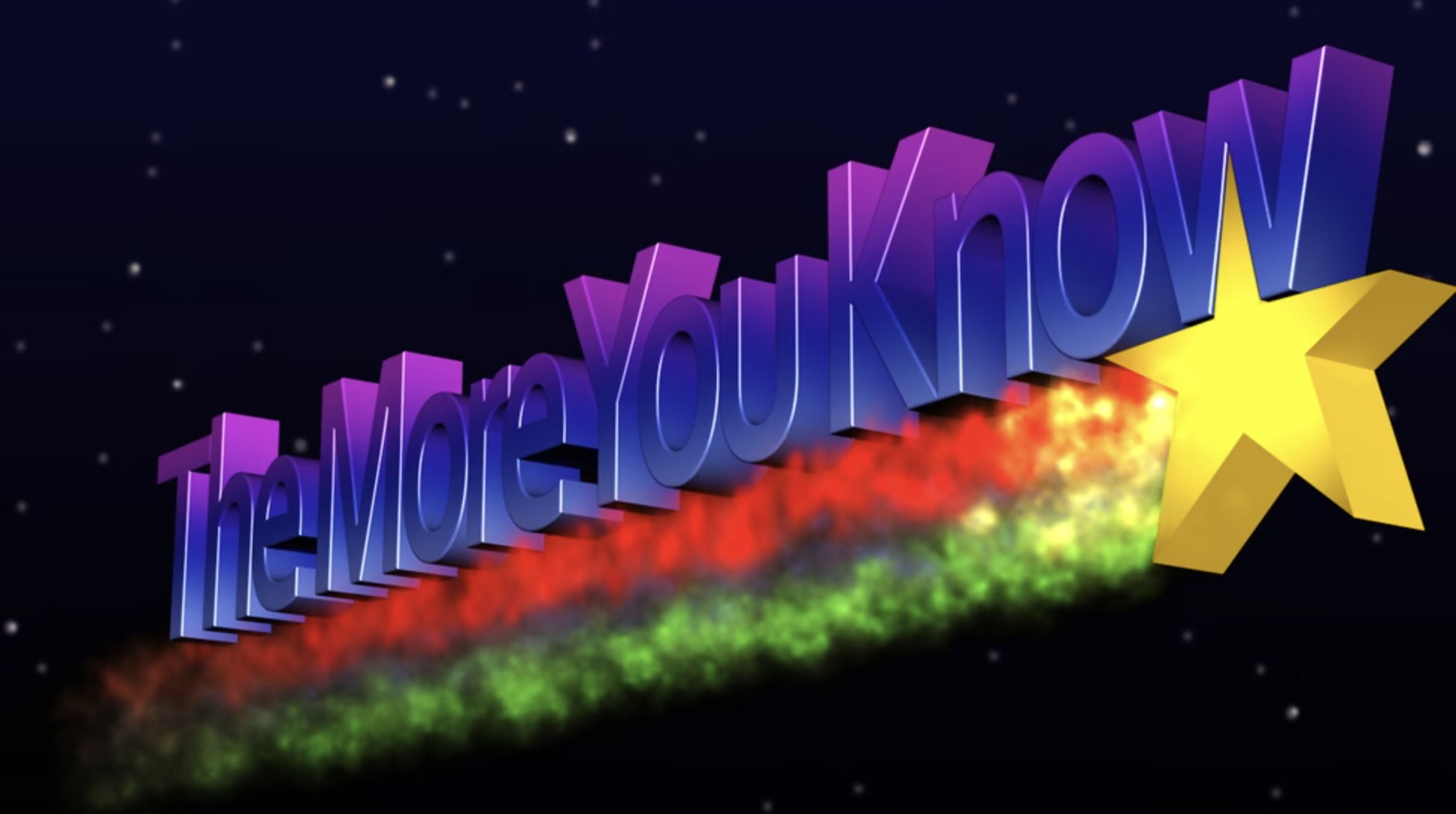This November’s ballot will include six ballot proposals seeking voter approval: one to amend the New York State Constitution, and five more that would amend the New York City Charter.
Prop 1: Allowance for sports activity on forest preserve land in exchange for acreage added to Adirondack Park
For over 125 years, the “forever wild” clause of the NY State Constitution safeguards the overall acreage of state-owned forest preserve by requiring any use of such land to be replaced by undeveloped land and approved by the voters. In this case, forest preserve land would be used to expand the Olympic complex at Lake Placid and be replaced by 140% more forest in Adirondack Park.
Pro: Both Republican and Democratic state representatives from Essex County support the proposal in order to bring already-developed forest preserve land into compliance with the “forever wild” clause and add a substantial amount of land to Adirondack Park.
Con: Opponents say that any exception to the “forever wild” clause undermines environmental protections, though no organized effort to defeat this proposal has emerged.
Read more about Prop 1 from NYC Votes.
Prop 2: ‘Fast track’ approval process for affordable housing developments that are publicly financed or are in community districts that produce the least affordable housing
Most developments that seek to build beyond current zoning must go through the Uniform Land Use Review Procedure (ULURP), with advisory review by the relevant Community Board and Borough President, determination by the City Planning Commission, review by City Council, and potential veto and override by the Mayor and City Council. This proposal would make two new processes for certain affordable housing projects.
The first process would allow the Board of Standards and Appeals (BSA) to approve publicly financed affordable housing projects, with advisory review by the relevant Community Board but no City Council input.
The second process would create a faster review for projects in the 12 community districts with the lowest rates of new affordable housing over a 5-year period, with advisory review by the relevant Community Board and Borough President and final approval by the City Planning Commission instead of the City Council.
Pro: Some housing proponents argue that the ULURP process is too long, unpredictable, and expensive for developers, exacerbating the city’s shortage of affordable housing. They also argue that the City Council’s tradition of “member deference” — in which the vote of a single Councilmember in whose district the proposed development resides influences the votes of the full City Council — results in onerous additional requirements for developers to get approval, further reducing the prospects of new housing.
Con: Opponents highlight the fact that the number of affordable housing units and level of affordability of those units are not specified in the Charter proposal, meaning that developments could fit the new review criteria without meaningfully adding to the supply of affordable housing in the city. Also, bypassing the City Council for approval removes any leverage that elected representatives have for negotiating better terms from developers for more affordable units and other community needs.
Read more about Prop 2 from NYC Votes.
Prop 3: ‘Fast track’ approval for modest amounts of additional housing and minor infrastructure projects
Similar to prop 2, this proposal creates a streamlined review process that bypasses City Council approval for certain kinds of developments. In this case, proposals that increase residential capacity by no more than 30%, along with small infrastructure projects, could be approved by the City Planning Commission.
Pro: Supporters argue that the full review process for zoning exceptions is too burdensome and expensive for smaller projects and stops them from being built at all. This proposal would allow the city to be more flexible to support building new residential units of all types.
Con: Opponents say a 30% increase in residential capacity above what is already zoned cannot be considered “modest” (in some cases that could mean a building rising ten stories higher than currently allowed), and there are no affordability requirements to meet this threshold (those additional units could all be market rate). In addition, bypassing the City Council for other infrastructure and land acquisition proposals undermines the checks and balances of our form of government.
Read more about Prop 3 from NYC Votes.
Prop 4: New appeals board established with the power to overrule City Council determinations on affordable housing proposals
This proposal would establish a new appeals board that would have the power to reverse the City Council’s rejection or alteration of any development seeking zoning changes that include affordable housing. Currently, the Mayor can veto the City Council’s decision in these situations, and the City Council can vote to override the Mayor’s veto; if approved, this proposal would give that veto power to a three-person board made up of the Mayor, the City Council Speaker, and the relevant Borough President, and remove the City Council’s power to override.
Pro: Supporters believe that a City Council beholden to “member deference” does not keep citywide housing goals in mind and rejects too many new housing proposals because of hyper-local resistance to change.
Con: Opponents say this proposal would undermine the basic structure of representation in NYC by essentially eliminating the City Council’s role in decision-making around important developments. They also highlight that “member deference” is not a strict rule and that the City Council has in fact voted against a local member’s opposition if the project clearly supports citywide housing priorities. Finally, since again this proposal does not stipulate how much or what type of affordable housing triggers the new appeals board, it will create a loophole for developers to get favorable treatment from City Hall.
Read more about Prop 4 from NYC Votes.
Prop 5: Consolidate separate borough maps into a centralized digital map at the Department of City Planning
Official maps are critical for any land use issue, building, property dispute, or city planning initiative. Currently each borough is responsible for its own, mostly paper, maps. This proposal would require the Department of City Planning to consolidate these maps into one centralized and digitized map.
Pro: Supporters believe this is an important step to modernize a critical city planning resource, which will result in more access to public information.
Con: Opponents say that local borough offices are more attuned to the needs of local residents, and that the expense and effort of consolidation is unnecessary.
Read more about Prop 5 from NYC Votes.
Prop 6: Move local NYC elections to coincide with presidential election years
Local elections in many states, including New York, were moved to odd years during the Progressive Era of the late 19th and early 20th Century in order to allow voters to focus on local, often non-partisan, issues without being overshadowed by highly partisan and media-heavy presidential campaigns. Unfortunately, the gap in turnout between presidential and local election years has grown significantly, leading to an impression that local elections are not decided by a representative-enough set of voters.
Approval of this proposal would not immediately move local elections to even years; a state constitutional amendment would also have to be passed in order for that outcome to be realized.
Pro: Supporters believe that having more voters participate in local elections would make the winners more representative and more accountable. Several U.S. cities — Los Angeles, Baltimore, Phoenix, El Paso, Austin — have made this change recently and the result has been, as expected, higher turnout.
Con: Opponents say that bundling local elections with presidential elections would detract from any voters’ ability to pay close attention to local issues. Also that in NYC, engagement and turnout for the primary remain high even while local general election turnout has declined, reflecting the importance of primaries and, in many cases, the foregone conclusion of the general election.
Read more about Prop 6 from NYC Votes.
